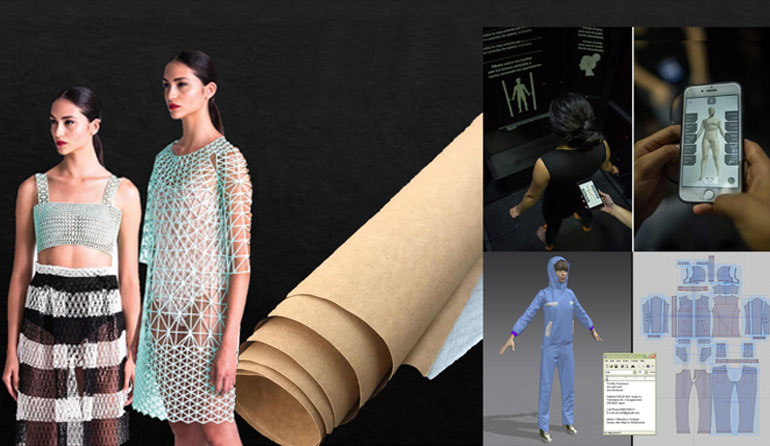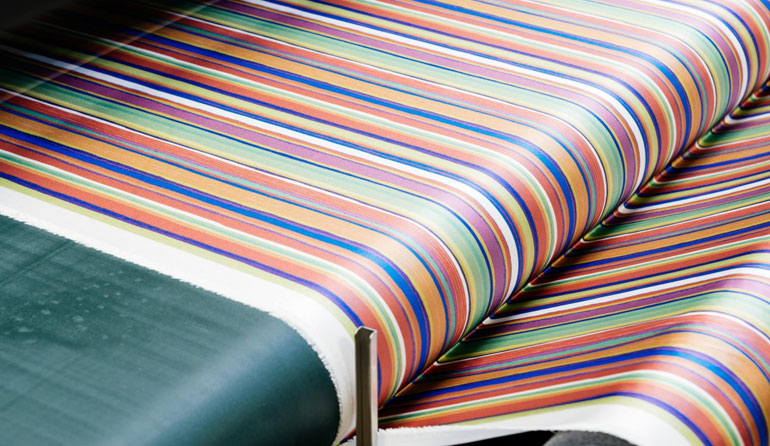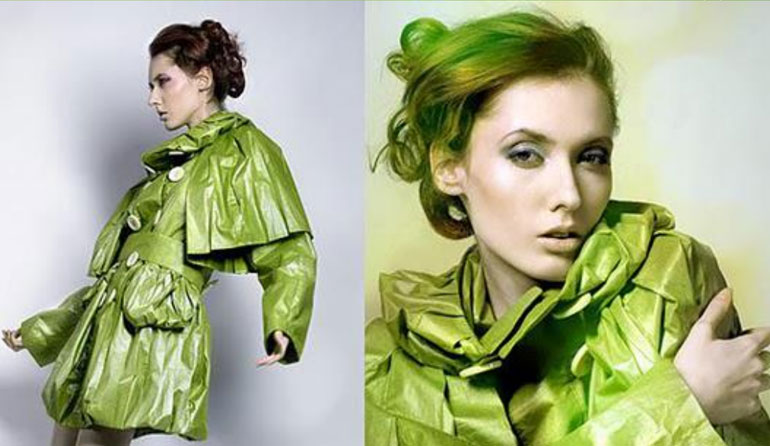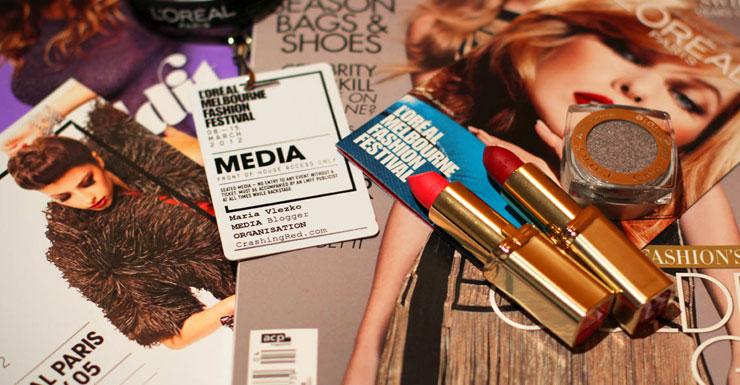What is Eco-tech Fashion?
- Technology changes the world by leaps and bounds. All industries are impacted by technology, and fashion is no exception to that.
- When technology is used to make the fashion merchandise pre and post production lifecycle more sustainable is called Eco-Tech Fashion.
- The Fashion Tech is significant across environmental, economic and social value and those concepts will be an important driver of the circular fashion information.
- Physical Technology concepts are based on technology that uses Physics such as fundamental property of materials, nature's forces and energy, as well as the interaction between these two aspects. Nanomaterials, robotics and 3D solutions are only a part of the numerous physical Fashion Tech concepts.
- Of course, there is also Biotechnology — in the fashion industry, they are characterized by using technology with roots in biology, such as bio-based materials, renewable energy, and bioenergy, as well as biomimicry- the design and production of materials, structures, and systems that are modeled on biological entities and processes.
- It is expected that some of the innovations lead to sustainable fashion supply chains and green job opportunities for youth and women. This means that the manufacturers can move towards sustainability by using technology and implementing the circular fashion economy, which includes providing the means of recycling at the end of the garment's lifecycle.
Material Innovation
- Fashion brands are already seeking new ways to produce sustainable clothing yet, more research and innovation are required to save animals from suffering for the sake of fashion, all over the globe.
- The 'eco-friendly' approach should exist in all spheres, and especially in fashion as it is now possible to make fur, leather, or silk without the use of animals.
- Adidas too has made a similar contribution towards a more sustainable fashion industry by cooperating with 'Parley for the Oceans' in a limited edition of sneakers made from the plastic collected from the ocean.
- Stella McCartney has already implemented such innovative ideas and launched vegan leather jackets and vegan handbags.
Clothing Made from Food
- There are various textiles manufactured using food waste eg. Out of pineapple, alage etc.
- Q-milch is a textile produced from milk that is no longer fit for consumption as food or tradable.
- QMILK is a patented, specially designed spinning process. As water — and energy-efficient, zero — waste — is this procedure process very sustainable. QMILK fibers are made of 100% renewable Raw materials and non-food milk.
- This milk is not suitable for food use and is expensively disposed so far as unused secondary waste. This amounts to about 2 million tones annually in Germany alone.
Air Dye
- One of the dirtiest aspects of producing fashion is definitely centered around the dyes used. Luckily, California's Colorep has come up with an 'AirDye' system that uses 85% less energy and 90% less water than that of conventional dyeing.
- AirDye takes water almost out of the equation completely, and also reduces the emissions and energy used dramatically, since extreme heat is needed to dry the textiles after they are soaked in dye.
- AirDye takes water almost out of the equation completely, and also reduces the emissions and energy used dramatically, since extreme heat is needed to dry the textiles after they are soaked in dye.
3D Printing in Fashion
- 3D printing makes it possible to combine different materials into one piece of cloth, for instance, waterproof textile with a flexible one, and so on.
- The choice is unlimited and it depends on the creator's imagination.
- Another important trend to pay attention to is the customization of garments.
- 3D printing allows brands to create apparel depending on people's individual body types, size, height, etc.
- It helps in minimizing wastage.
Body Scanning
- Body scanning utilizes different technologies from infrared to millimeter-wave to capture the surface of the body, then takes specific key points on the body to get the body measurements.
- Given that most clothing is manufactured in mass, brands and retailers utilize different standard body sizes to determine their size ranges and fit intent.
3D Virtual Sampling
- 3D Virtual sampling and prototyping is the new way to explore design concepts and variations before the actual production.
- 3D technology helps designers and technical designers see, validate, and refine the product before moving to physical prototyping and manufacturing. For many industries, this the norm followed in many of the industries.












